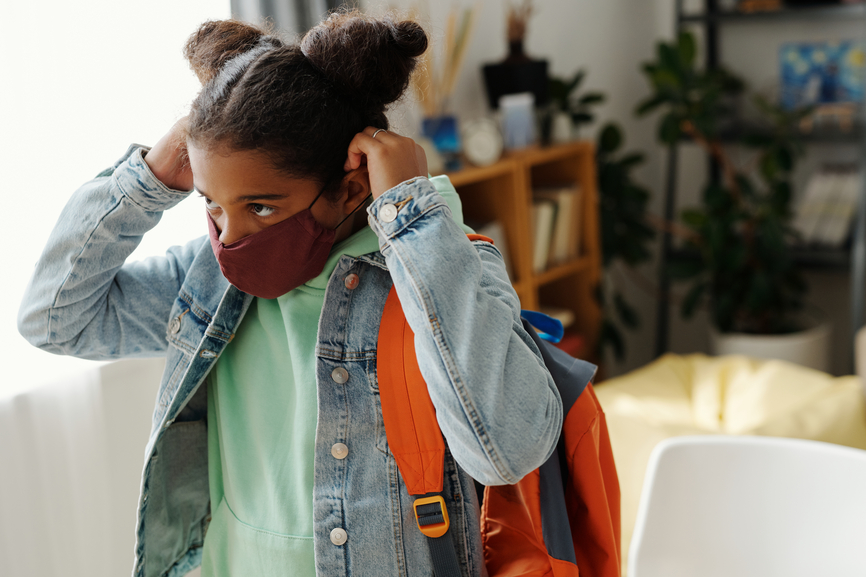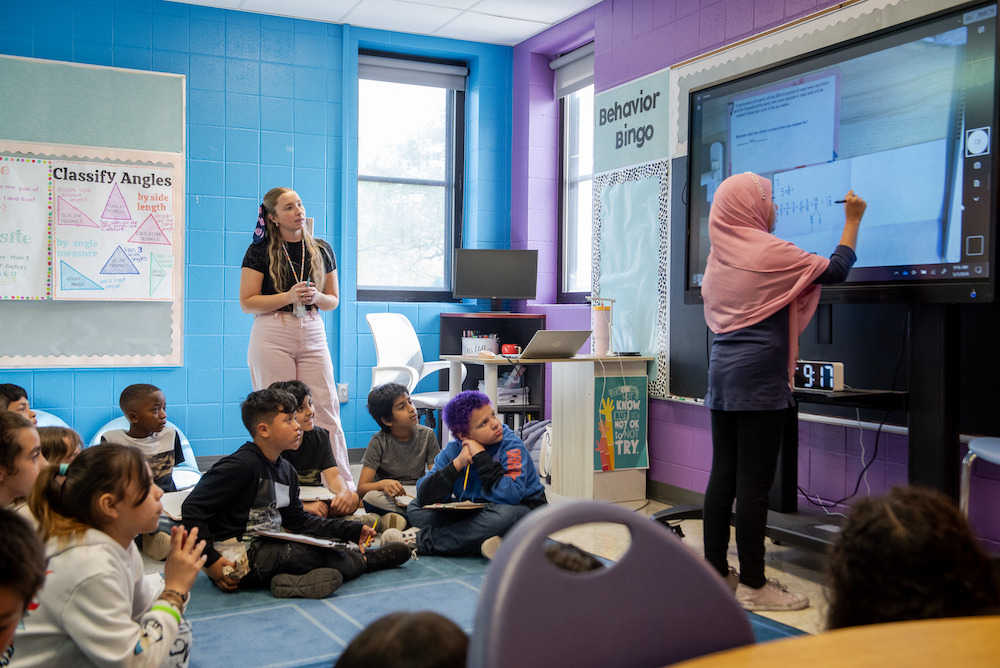
Planning for Reentry—Part 2: Setting Aspirations for Student Learning
Many events will shape instruction in the school year ahead, from delayed school starts and high absenteeism to rolling closures and partial re-openings. To stabilize student learning, prioritize instructionally vulnerable students, and support students’ emotional needs, schools need to anticipate and think flexibly about how to engage students in learning through these scenarios.
Our aspirations for learning outline the essential elements of each student’s learning experience next year, no matter which reentry scenarios play out. How these aspirations translate into clear and focused practices will define whether reentry sets the stage for a recovery that puts a generation of instructionally vulnerable students on a trajectory of hope.
FOUR REENTRY ASPIRATIONS FOR EACH STUDENT’S LEARNING EXPERIENCE
- Students have regular, personal touchpoints with teachers and/or other school staff to check in on their basic and academic needs, their social-emotional well-being, and whether they have the needed support for dealing with trauma.
- Students have regular touchpoints with their classmates to continue to build community.
- Students engage in learning experiences targeted to their specific learning needs as well as the most important work of the grade (including enabling content from the prior grade).
- Students are provided flexible, meaningful learning experiences that continue during school closures and/or distance learning.
DEFINING ASPIRATIONS FOR CLARITY AND FOCUS
We identified four elements of great ELA and math instruction, regardless of the learning scenario:
- Students access grade-level content
- Teachers address unfinished learning in service of grade-level content
- Teachers check for understanding and misconceptions
- Students receive feedback on their work Students own their learning Tier 2 instruction supports tier 1 instruction
In addition, in ELA, foundational skills require special attention during reentry to ensure that students learning to read are not permanently disadvantaged compared to their peers who are a few years ahead or behind them in school.
We also identified four trauma-informed teaching practices to support the social and emotional needs of students and which teachers can leverage by teachers during core instruction:
- Mindfulness practice to build self-awareness
- Relationship building to foster a sense of safety and connection
- Community building Integrating choice and voice
- Consistency and predictability
TRANSLATING ASPIRATIONS ACROSS SCENARIOS
One of the biggest risks of reentry is the loss of clear and high expectations for student learning during transitions between scenarios. One way to address that risk is to know ahead of time what aspirations will look like in different scenarios.
- Learning aspirations in ELA across instructional scenarios
- Learning aspirations in math across instructional scenarios
TURNING ASPIRATIONS INTO CONCRETE DECISIONS
Learning aspirations are a way to build coherent decision-making into your support for teachers and students. Once you determine aspirations they can guide the next set of decisions outlined in the reentry framework.
Working groups will hustle to make decisions, design training, and create tools that will impact the daily experience of teachers and students. As they do so, they can stop to check whether their work is likely to lead to achieving the aspirations. For example:
- Is the plan for unfinished learning likely to result in aspirations for addressing unfinished learning being realized?
- Do the selected materials make it likely that students will be accessing grade-level content on a regular basis?
- Will the selected assessments enable teachers to check the understanding of their students?
With so much work being done at such a rapid pace, the aspirations are a touchstone to focus many decision-makers around the question of the summer: “What can I do right now to make those aspirations true next year?”


